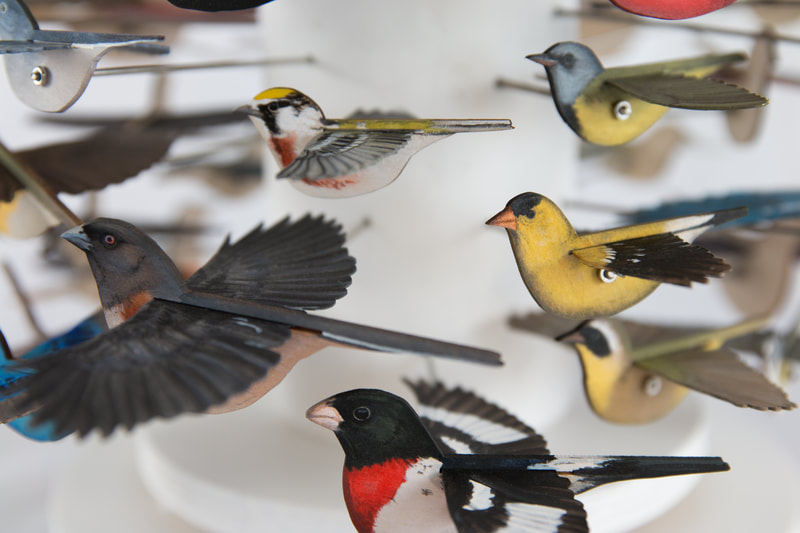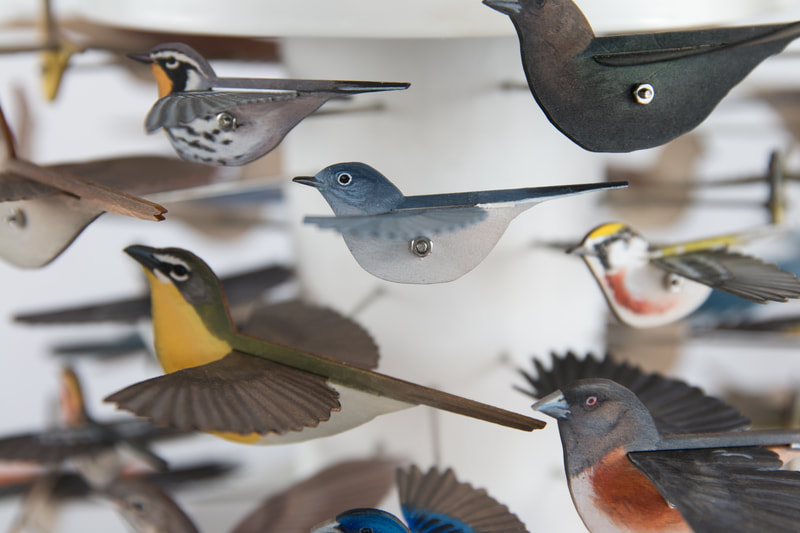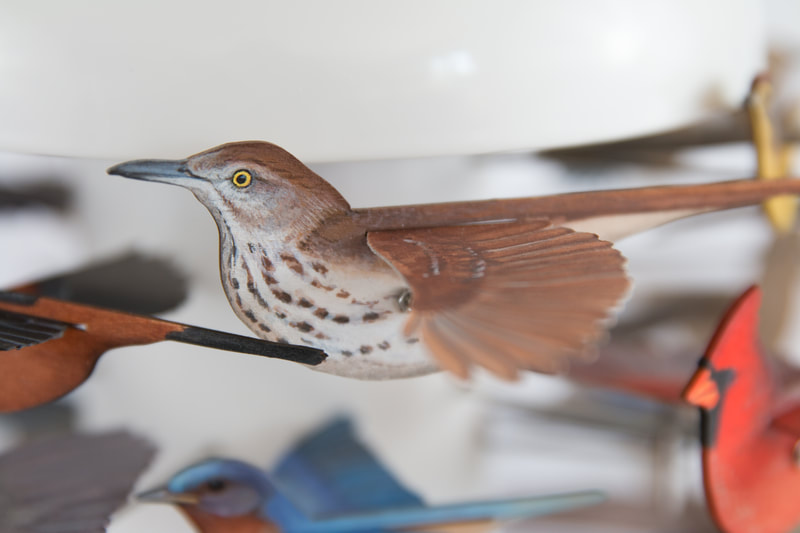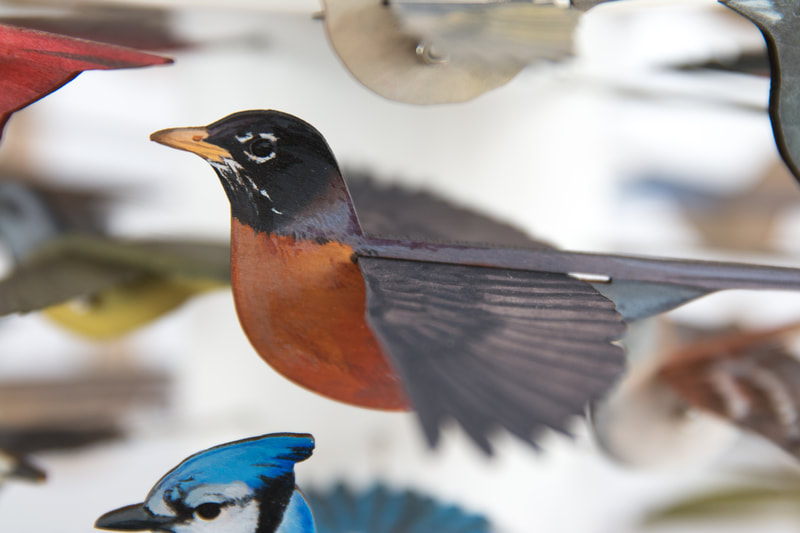"Alexander's Dawn Sonata"
|
|
During an artist residency at the Lloyd Library and Museum, I fell in love with Alexander Wilson’s American Ornithology. This was the first book on American birds written by an American. It’s full of culture and history and personality, and I found it a great representation of how layman the nineteenth-century natural sciences were (Alexander’s greatest qualifications for embarking on such a monumental task were that he was “single” and loved “adventure”). The book epitomizes the Victorian Era's constant comparison between the Old World (Europe) and the New (America). Whether it was America trying to combat Buffon’s ideas about the degeneration of New World nature or Americans poo-pooing the manicured, fenced off state of Old World nature, the debates usually came down to a school yard brawl of “my nature is prettier than yours—well, my nature could beat your nature up.” In one of my favorite examples, Alexander sets aside his description of the Cardinal Grosbeak to address the opinion that the American dawn chorus is “far inferior to that of Europe.” To which he says, “could these people be transported to the borders of our woods and settlements, in the month of May, about half an hour before sunrise, such a ravishing concert would greet their ear as they have no conception of.” This is where “Alexander’s Dawn Sonata” comes from. In paper and wood, I recreated many of the birds you might find in a dawn chorus in May. Inspired by old Victorian bird trees and toy carousels, these birds swarm together in a twirling mass and sing a dawn chorus that represents a fanciful version of what Alexander might have heard at the turn of the 19th century. Last year, scientists announced that birds in the U.S. have decreased 29 percent since 1970. This piece not only represents Alexander throwing down the gauntlet to the Europeans, but to all of us. With the rapid decrease in bird numbers, few of us have any conception of the dawn chorus Alexander might have heard.









